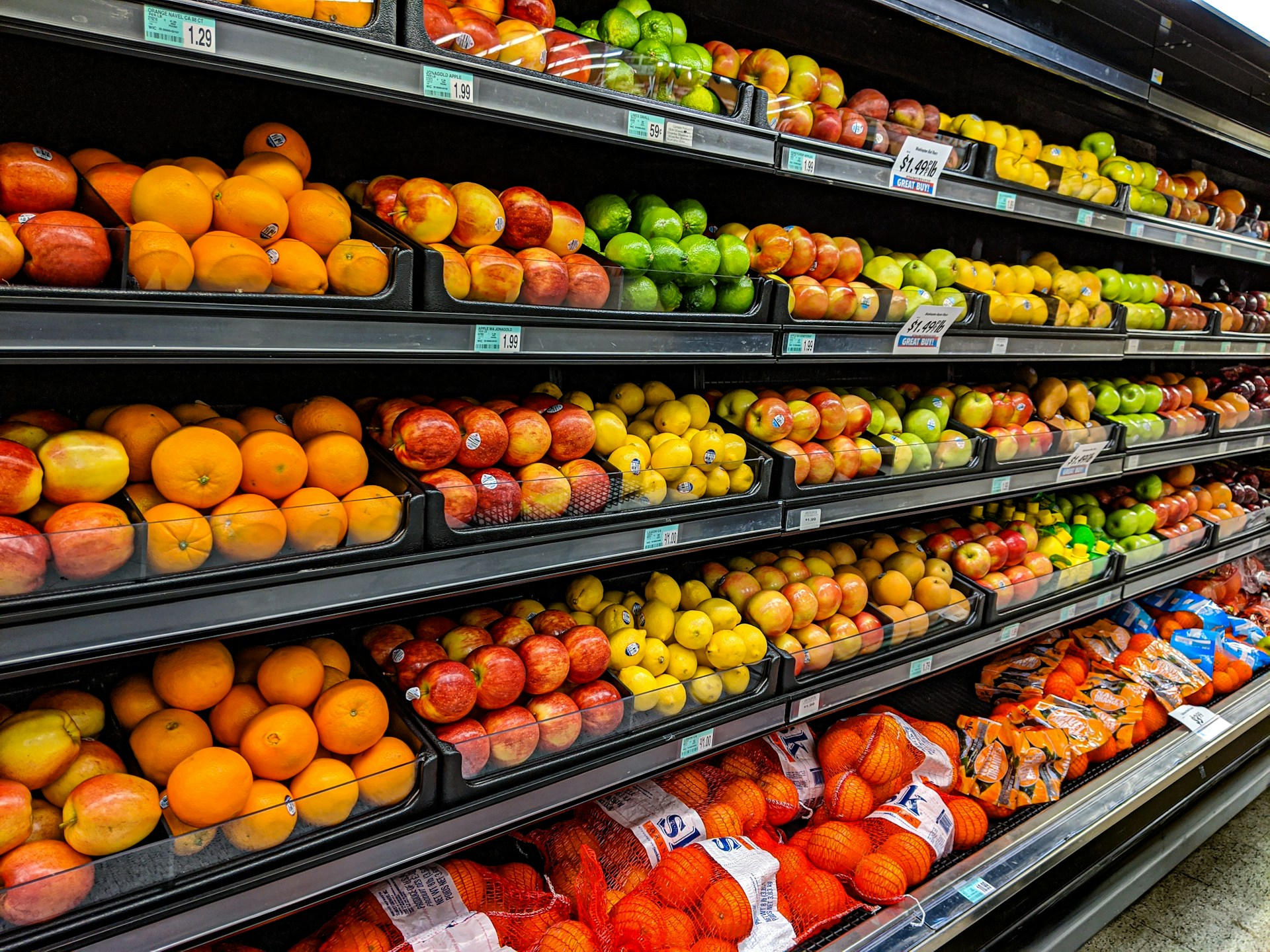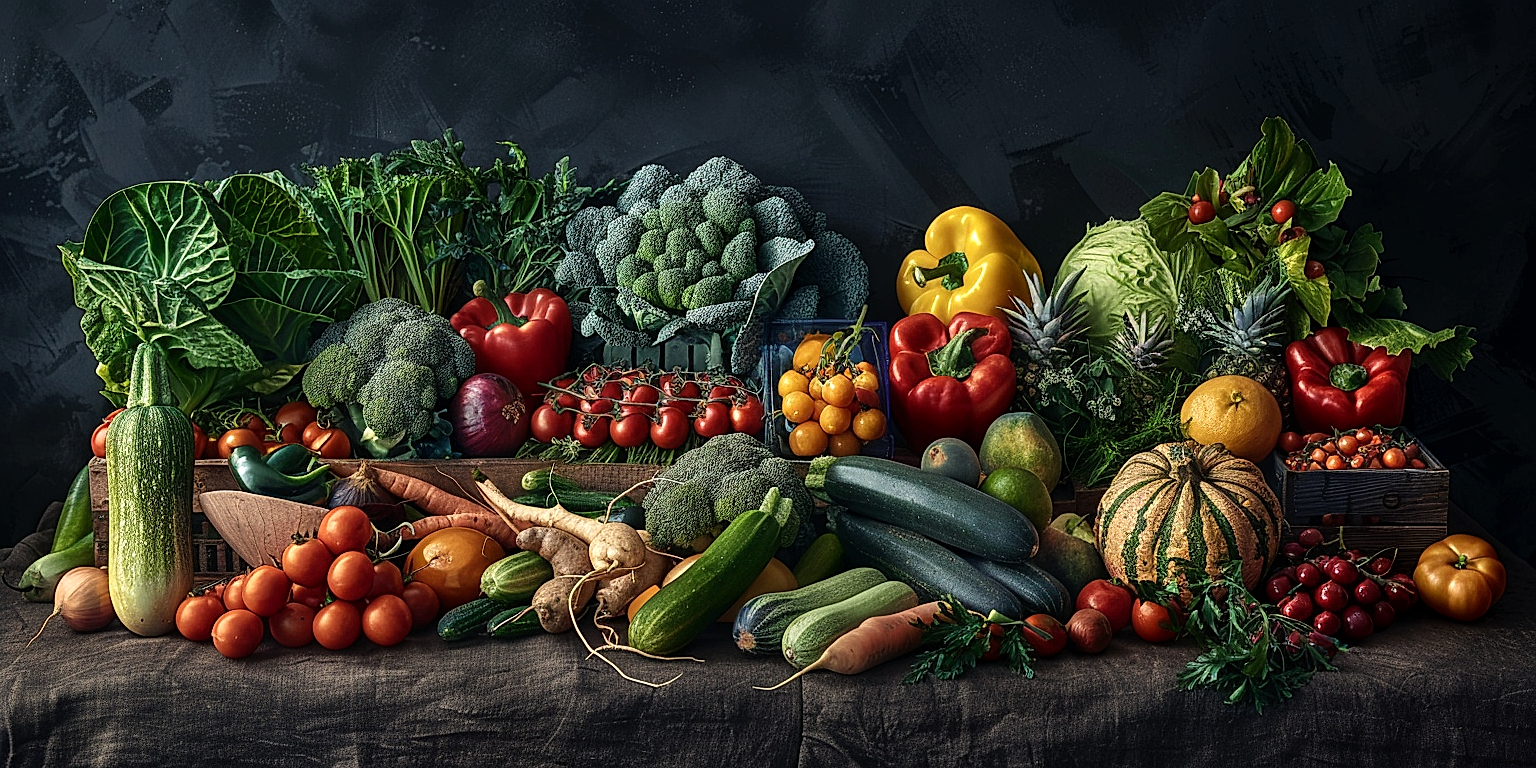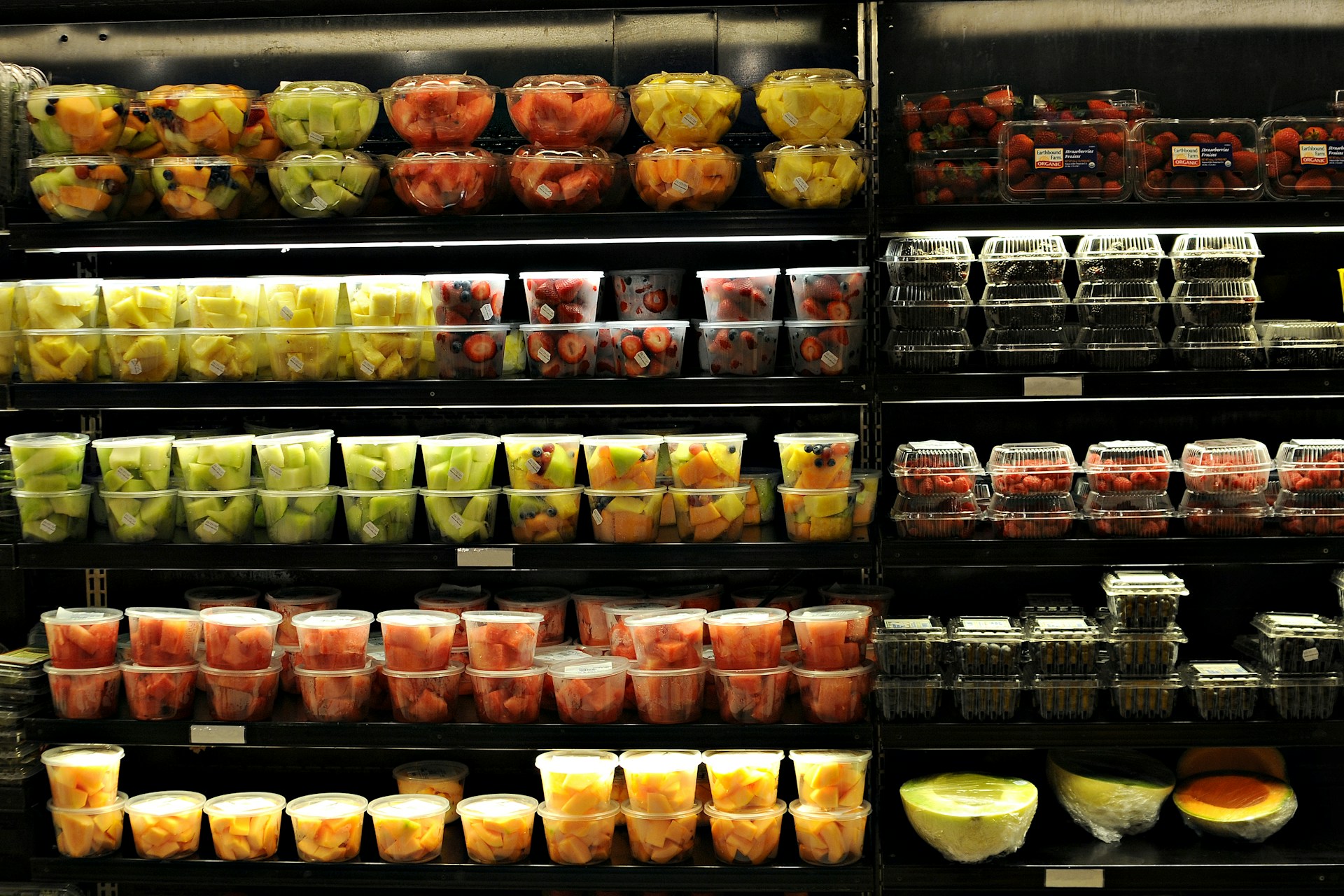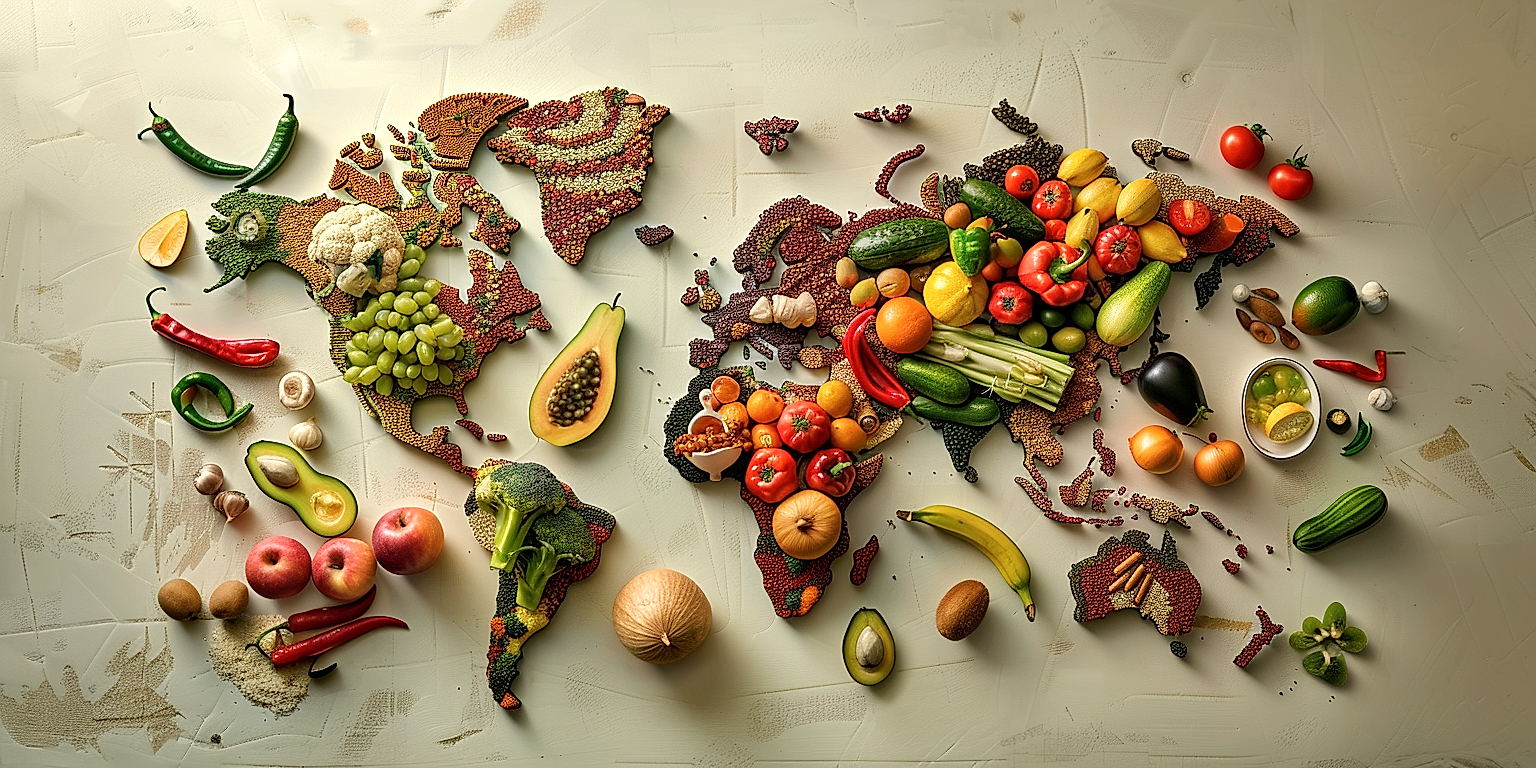The global trade landscape is continuously evolving, subject to shifts in technology, consumer demand, and trade policies.
Within this dynamic arena, the sector of processed produce plays a significant role, providing a much-needed anchor of stability for many economies.
In line with this, our analysis delves into the trends in this important market.
We explore the market forces at play, emerging opportunities, and the challenges faced by producers and traders alike.
Production data, consumption patterns, and trade volumes are examined to provide a comprehensive overview.
Findings from this analysis serve to illuminate the current state of play and indicate future developments.
Insights Into Global Markets For Processed Produce
1. Significant Demand Growth in Asia-Pacific Regions
The Asia-Pacific regions have seen a remarkable surge in the demand for processed produce over the past few years.
The expansion of middle and upper-class segments in many parts of the region generates a significant push to this demand growth by creating a strong consumer base for processed produce.
The increasing industrialization and urbanization in these locations have resulted in a shift of food consumption patterns, leaning more towards processed foods.
The factors such as growing population, rising disposable income, and evolving eating habits have created an impressive marketplace for processed produce in the Asia-Pacific region.
Moreover, the busy lifestyle of Asians and their growing preference for convenience foods has further strengthened the demand for processed produce.
Emerging markets in Asia like India, China, and Indonesia are set to become new hubs for the processed produce market considering the changing consumption trends, growing purchasing power parity and developing food processing sectors.
Furthermore, the introduction of multiple new innovative processed fruit and vegetable products in these markets has led to an increased acceptance of processed produce.
Apart from this, the expanding retail sector plays a crucial role in the growth demand, making processed produce more accessible to the general consumers.
Not just supermarkets or hypermarkets, but also online food delivery systems and e-commerce platforms, are substantially expanding the distribution channel for processed produce in the market.
Government policies supporting the food processing sector and initiatives to promote the consumption of fruits and vegetables further supports demand growth in this region.
There’s also been a notable trend in the region where consumers are particularly inclined towards buying processed foods that are healthy and organic.
Keeping in mind these trends and preferences, local and international manufacturers are responding by tailoring their offerings – enriching their products with essential nutrients, and even fortifying them when necessary, hence beefing up the demand even more.
That’s not all, an acute awareness about food waste reduction is prevalent among consumers in Asia-pacific region, and they perceive processed produce as a effective measure to prevent food waste, because of their increased shelf life.
This results in an upswing in the demand for processed fruits and vegetables across the region.
All these factors have synergistically led to the significant demand growth for processed produce in Asia-Pacific regions, placing it as one of the largest markets in the world.
Looking forward to seeing how this demand momentum will shape the future of the processed produce industry across the Asia-Pacific region.
2. Organic Processed Produce Market on the Rise
There has been a significant surge in the demand for organic processed produce in the recent years.
Consumers are becoming more health-conscious and opting for organic products due to their perceived health benefits.
Consumers’ growing awareness about the harmful effects of pesticides and synthetic fertilizers on food and the environment is driving the trend towards organic processed produce.
Further, there is an important shift in consumer behavior, where quality is often prioritized over price, especially when it comes to food.
This shift has encouraged many producers to invest in organic farming methods and develop new organic processed produce offerings.
More supermarkets and food retailers have started to incorporate organic processed produce in their product portfolio, which has made these products more accessible to consumers.
Moreover, governments in various countries are supporting organic farming practices, providing further impetus to the organic processed produce market.
These government initiatives often involve subsidies and favorable policies to promote organic farming and production methods.
Growth in the organic processed produce market is not just confined to developed regions, but is also evident in emerging economies, thanks to growing middle-class populations with increasing disposable incomes.
Many companies in the processed produce market are seizing this opportunity to cater to the burgeoning demand for organic products.
Organizations are also pursuing innovative processing methods that keep organic produce’s nutrients intact and prolong shelf life.
This innovation, in turn, has resulted in an increase in the variety and quality of available organic processed produce.
An example is the emergence of cold-press juicing for fruits and vegetables, which maximizes nutrient retention and gives consumers an organic, wholesome product that is richer in nutrients than conventionally processed juices.
The growth of the organic processed produce market can also be attributed to broadening consumer definitions of health, which include not just eating healthier, but living a more holistic and sustainable lifestyle.
The demand for organic processed produce is expected to continue to grow in the foreseeable future, offering promising growth prospects for all players in the processed produce market.
3. Increased focus on sustainable packaging solutions
An emerging trend in the global markets for processed produce is the increased focus on sustainable packaging solutions.
Producers are understanding the significance of adopting environmentally-friendly packaging, and its capacity to increase brand value and market appeal.
This transformation is being driven by both regulatory pressures and increased consumer demand for sustainability.
The concept of ‘green packaging’ has evolved from a niche trend into a fundamental factor by which consumers judge the quality and integrity of a brand.
Additionally, sustainable packaging is consistently proving to be a sound financial investment.
Though the initial cost might exceed traditional options, sustainable packaging can lower overall operational costs by reducing waste, energy, and transportation costs.
Packaging innovation is also playing a prominent role in extending the shelf-life of processed produce, contributing to the reduction of food waste.
The adoption of sustainable materials like compostable films and biodegradable moulded pulp for packaging is increasing.
These materials can drastically minimize the industrial carbon footprint, affecting not just the environment, but also the corporate sustainability metrics of a business.
Leading processed produce companies have started to cooperate with packaging suppliers and experts in lifecycle analysis to make informed decisions for their packaging development.
Collaborating this way enables companies to understand the environmental impacts of different packaging options and create a solution that meets both their financial and environmental goals.
Moreover, companies are taking advantage of digital printing technology to create personalized, aesthetically attractive packaging that attracts consumers while maintaining sustainability.
Adopting sustainable packaging options is not just a marketing strategy but also a commitment to responsible stewardship of the environment.
The success of sustainable packaging in the processed produce sector illustrates the significant possibilities for synergy between commercial success and environmental responsibility.
4. Technological advancements bolstering distribution efficiency.
Technology has come to play a crucial role in the way goods are distributed worldwide and processed produce is no exception.
The advances in technology have significantly influenced the shift in traditional distribution methods.
Efficiency has been increased remarkably with the introduction of advanced logistics and supply chain management practices.
Robotics, Artificial Intelligence (AI), and machine learning are providing unprecedented levels of accuracy for product identification, sorting, packaging, and distribution in the sector of processed produce.
These new-age practices have reduced manual interventions, thus also reducing errors and time.
They have enabled real-time tracking of shipments, thereby improving reliability and traceability in the distribution of processed produce.
Manufacturers and distributors can now make better predictions about demand, supply, and inventory management using advanced data analytics.
This is crucial in avoiding wastage, improving resource allocation, and, in turn, improving profitability.
The advent of Blockchain technology promises to bring a new level of transparency and security in the supply chain of processed produce.
It establishes a secure and traceable system that will foster trust between the various players along the supply chain.
Moreover, Blockchain technology can significantly reduce transaction costs by removing intermediaries and provide immutable proof of origin and quality of the products.
Drones and automated vehicles are other technological wonders that have the potential to revolutionize the distribution of processed produce.
With features like real-time monitoring and instant deliveries, these innovations are set to provide a major boost to distribution efficiency.
However, it is essential for the companies to have robust infrastructure to support these new technologies.
While many businesses have made substantial investments in upgrading their infrastructure, others are leveraging partnerships to keep up with the pace of technological advancements.
Overall, technology is making a significant impact on streamlining the distribution of processed produce, propelling the market towards a hi-tech future.
A continued investment in technology will ensure that the processed produce industry is able to improve productivity, reduce waste, and meet the increasing demand efficiently.
5. COVID-19 boosted online sales for processed produce
The outbreak of the COVID-19 pandemic had a profound impact on numerous facets of life, one such area was the surge recorded in online sales of processed produce.
Amidst the lockdowns and social distancing norms implemented globally, consumers were compelled to switch to online shopping methods.
This transition brought significant changes to the retail landscape, increasing the reliance on online platforms for grocery shopping.
Processed produce, previously seen as a secondary option when compared to fresh produce, started gaining increased traction.
The level of convenience offered in terms of delivery, as well as the increased shelf life of processed items, contributed to their rising popularity.
The pandemic also led to a considerable shift in consumer behavior, as people began prioritizing safety and hygiene over fresh food items, thereby propelling the demand for processed products.
Consumers’ fears regarding contamination of fresh items led to a steep rise in the consumption of canned and preserved fruits and vegetables.
Moreover, numerous online delivery platforms and e-grocers reported seeing a significant surge in demand and sales of such products.
The ability to stock up on these processed items without worrying about their expiration was cited as a big advantage by many users.
Service providers made efforts to meet the rising demand by increasing their capacity for processing orders and delivering groceries.
E-commerce platforms saw this as an opportunity to expand their customer base and focused on making grocery shopping seamless on their platforms.
They invested in technology to streamline operations, automate processes, and provide a better user experience.
The availability of varied options and user-friendly interfaces made online shopping an increasingly appealing alternative for many customers.
Moreover, several processed food brands leveraged this opportunity to improve their online presence and reach consumers directly.
As a result of these developments, the markets for processed produce experienced a significant boost, highlighting a trend that could continue even post-pandemic.
An interesting observation amid this shift was the change in consumer perception and the increased acceptance of processed produce as a reliable food source.
The Bottom Line
The remarkable uptick in the demand for processed produce, particularly noted in the Asia-Pacific regions, underscores the shifting dietary preferences and growing global populaces.
These are reflections of an increasingly health-conscious market with a keen interest in organic products.
The rise in organic processed produce sales suggests a mounting awareness of their health benefits.
Companies in the sector, showing responsibility towards the environment, are focusing on sustainable packaging solutions, a move that is widely acclaimed by environmentally-conscious consumers.
The role of technology in improving distribution efficiency cannot be overstated, hence businesses are capitalizing on technological advancements to meet the growing demand timely and effectively.
The pandemic year of COVID-19 has only compounded the growth of online sales in this sector, indicating a greater consumer inclination towards convenience.
These interplaying factors are, hence, shaping the future of the processed produce market, suggesting a bullish trend for organic products, technologically driven supply chains and sustainable packaging.




